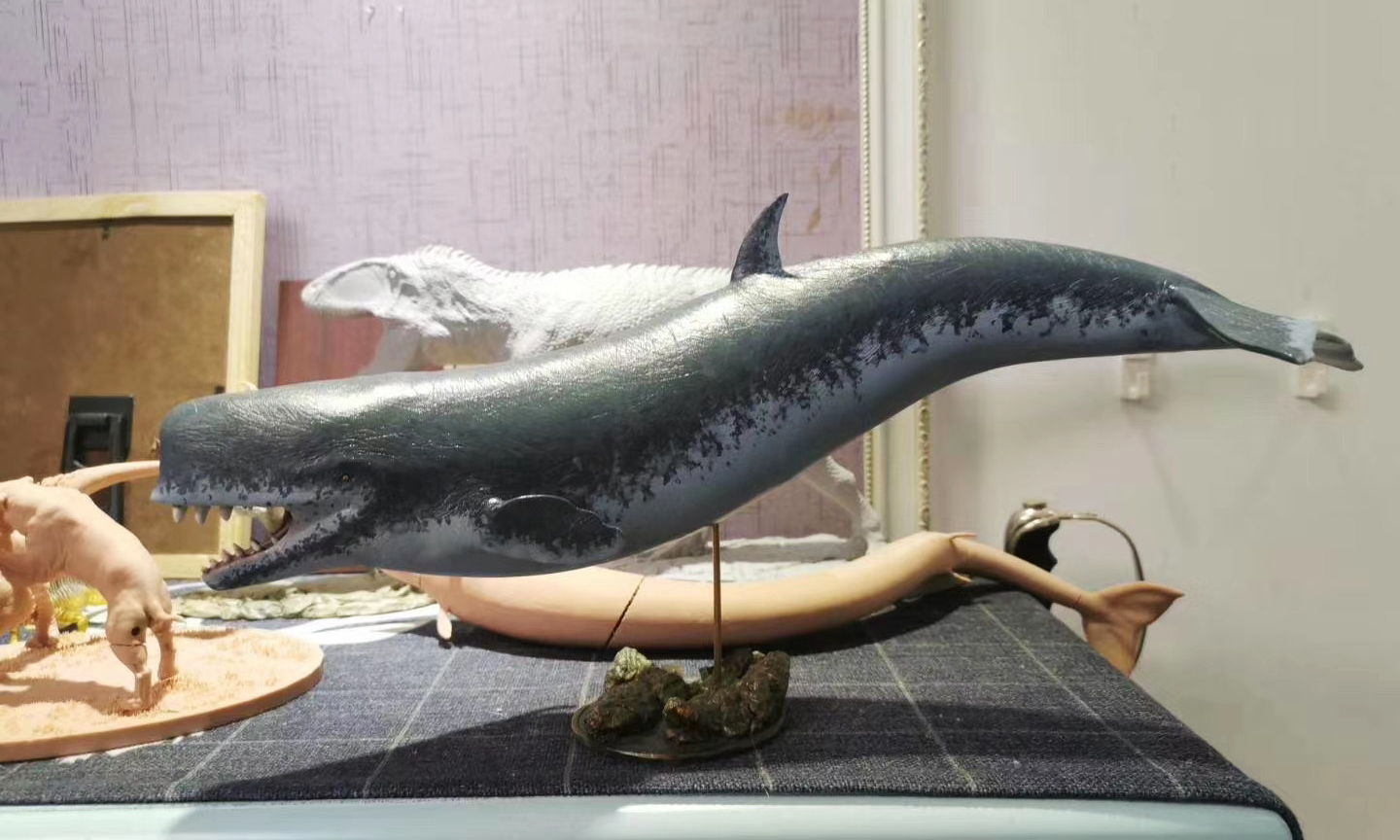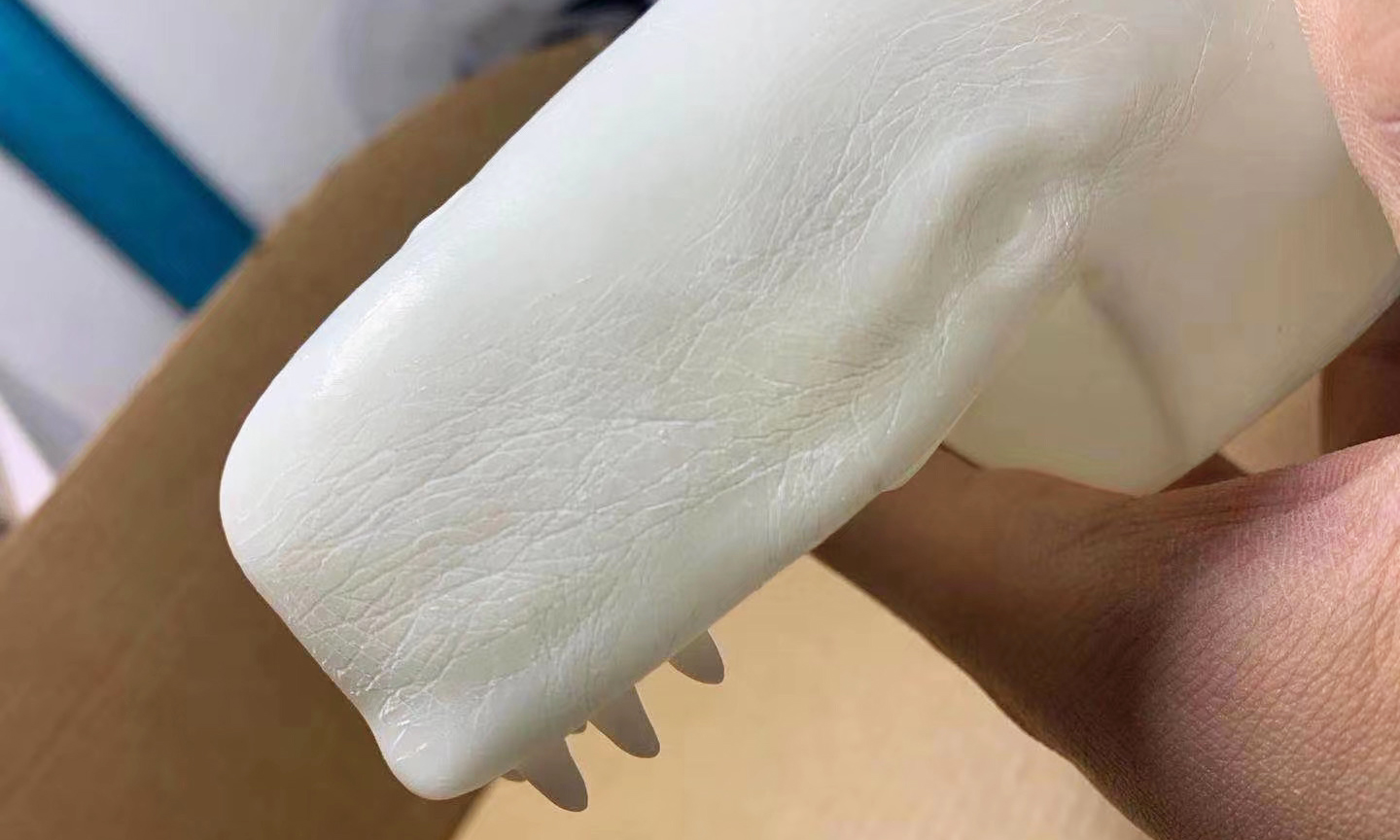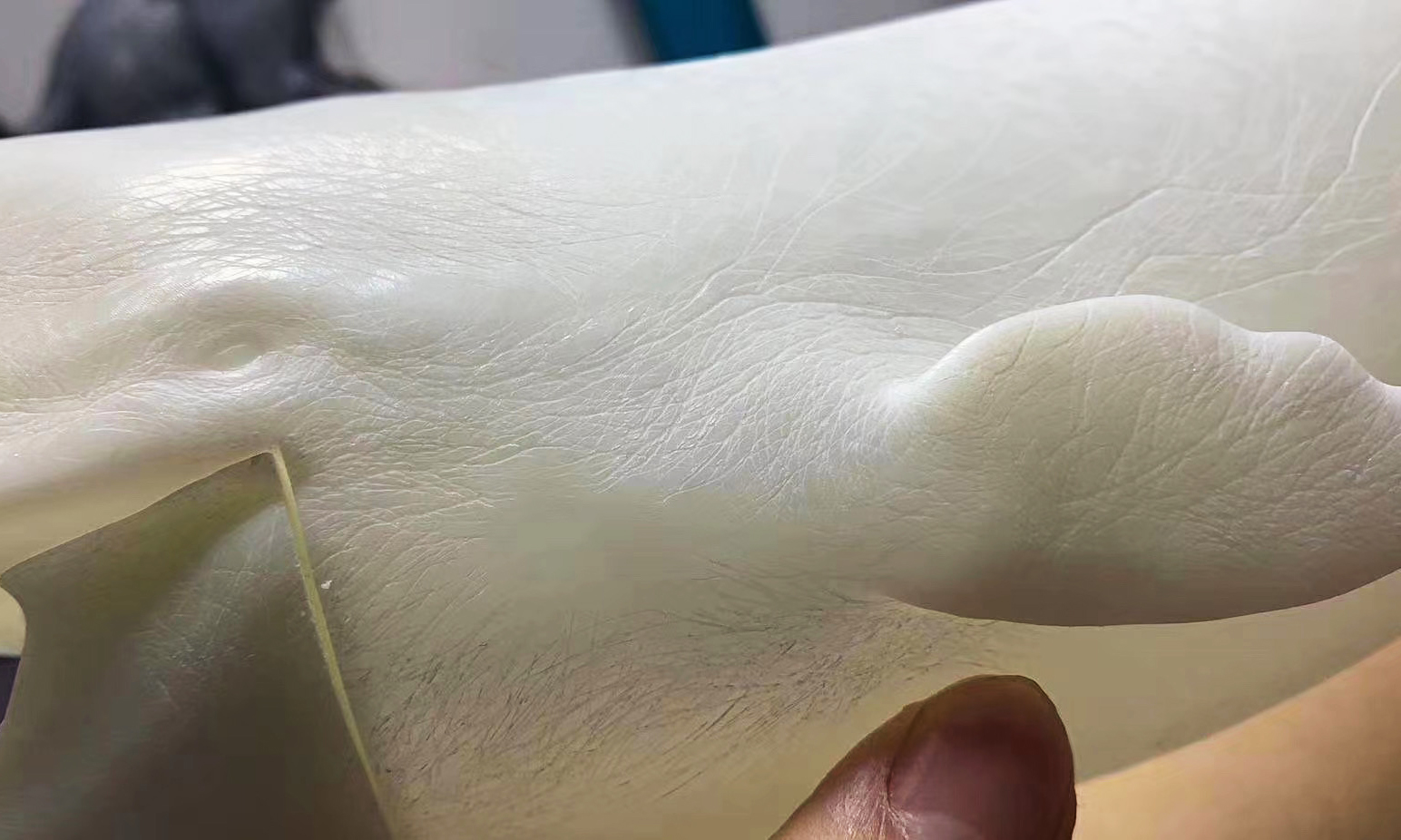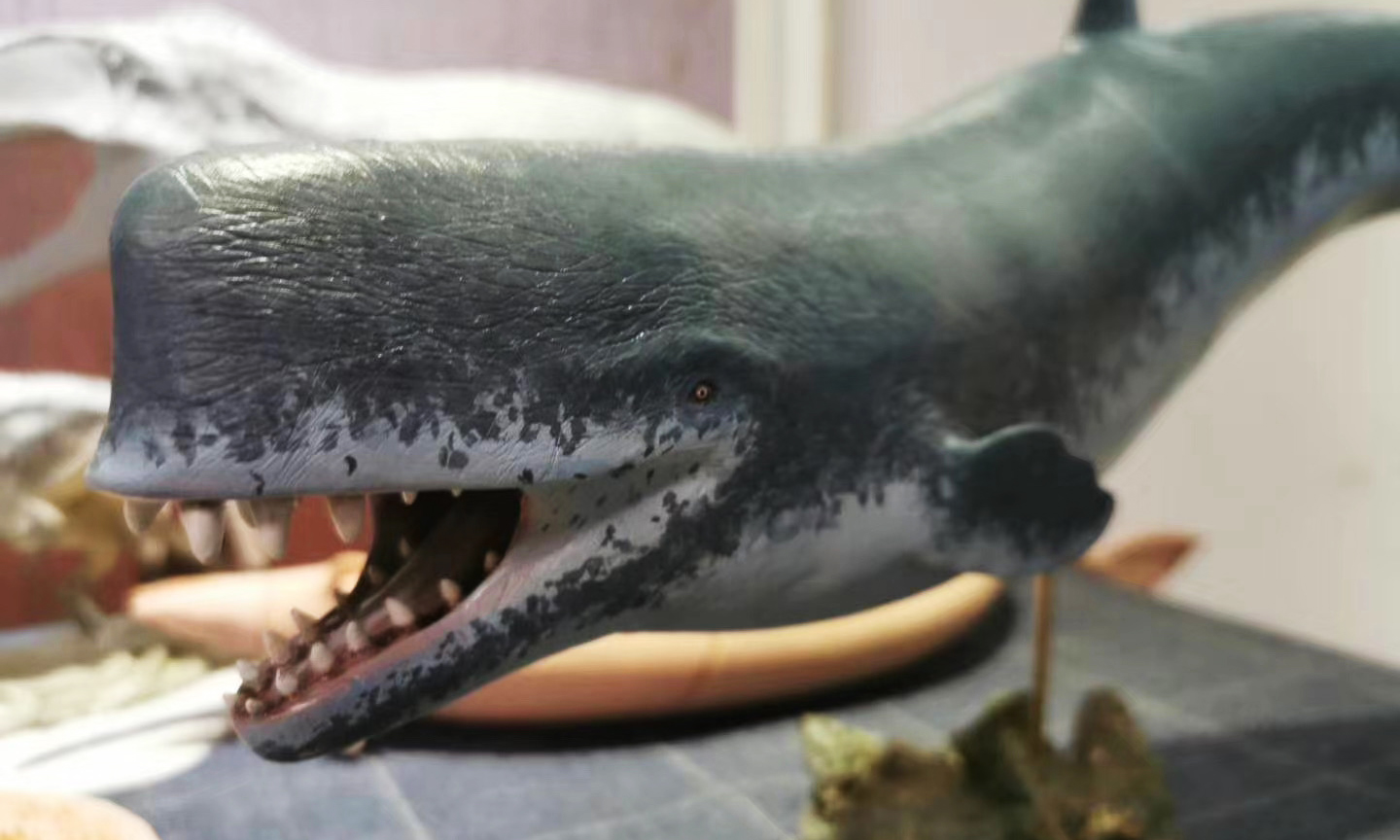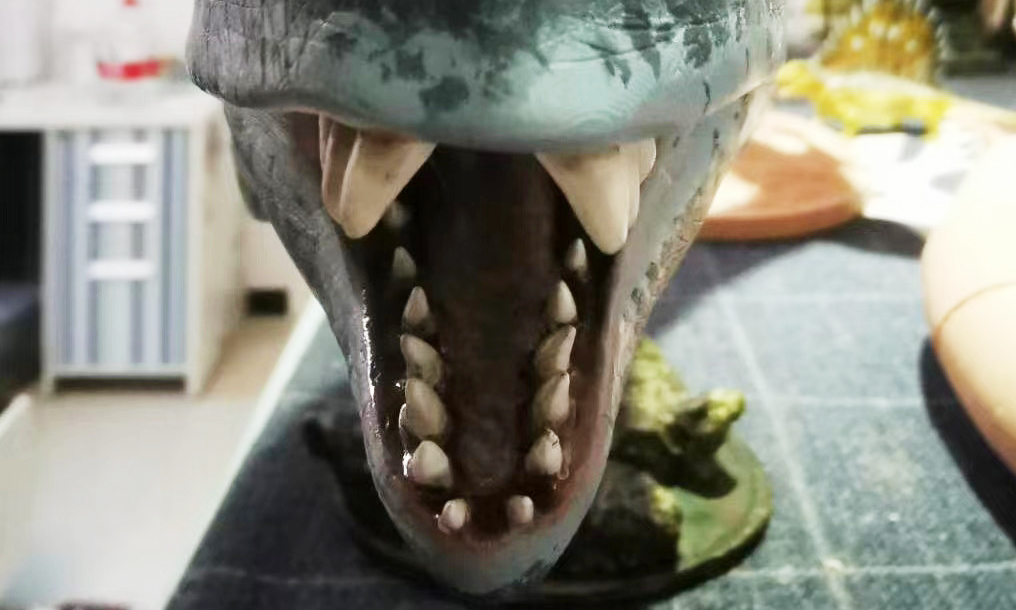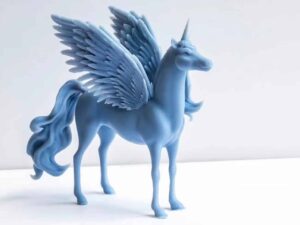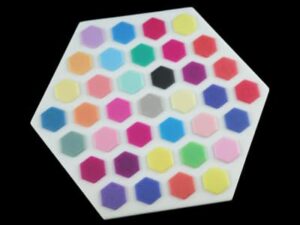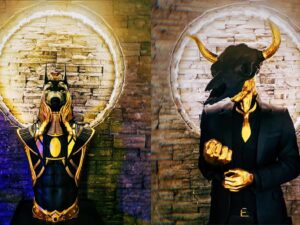Gallery
About Project
Livyatan is an extinct genus of sperm whale containing one species: L. melvillei. The genus name was inspired by the biblical sea monster Leviathan, and the species name by Herman Melville, the author of the famous book Moby-Dick about an albino bull sperm whale. It is mainly known from the Pisco Formation of Peru during the Tortonian stage of the Miocene epoch, about 9.9ŌĆō8.9 million years ago (mya). Characteristic of raptorial sperm whales, Livyatan had functional, enamel-coated teeth on the upper and lower jaws, as well as several adaptations for hunting large prey.
Livyatan’s total length has been estimated to be about 13.5ŌĆō17.5 m (44ŌĆō57 ft), similar to the modern sperm whale, making it one of the largest predators to have ever existed. The teeth of Livyatan measured 36.2 cm (1.2 ft), and are the largest biting teeth of any known animal, excluding tusks. It is distinguished from the other raptorial sperm whales by the basin on the skull, and how it spans the entire length of the snout.
A paleontologist who studies the history of life on Earth through the fossil records, wanted to customize a Livyatan’s model and present it at his studio. As there is no existing Livyatan, the paleontologist has drawn and depicted his preferred looks recovered from fossils. So the 3D modeling and post-processing took a lot of time and labor costs.
To print the 2-meter-long model in one piece, our large-format SLA 3D printer is applied. Its build volume is 2400 mm * 800 mm * 800 mm and the layer thickness can reach 0.05 mm, so you can easily print oversized statues and models with rich details for display and exhibition with no need to split the model.
Solution
- Step 1: 3D modeling the Livyatan Whale based on the data offered by the paleontologist.
- Step 2: 3D print the whale model in one piece with our large-format SLA 3D printer.
- Step 3: Remove the supporting structure and post-cure the model with UV.
- Step 4: Polish remained supporting structure and fine-paint the skin texture.
